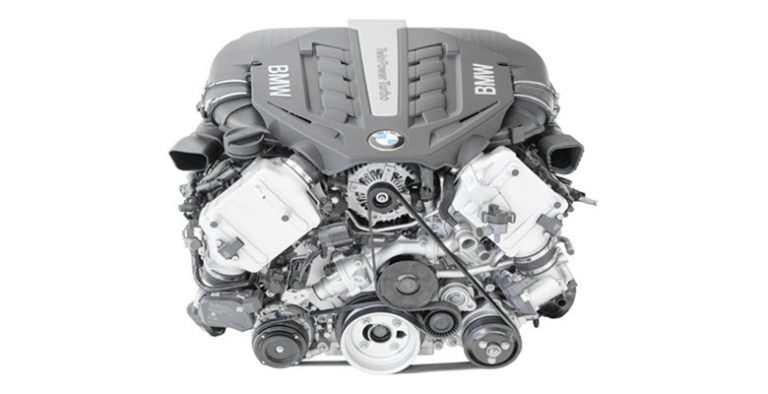The BMW brand is unique in that it provides consistently powerful and effective designs in automotive technology and manufacturing. Unfortunately, even the most prominent and innovative automobile companies encounter their failures and errors. One such issue in certain BMW vehicles is the lifter ticking issue.
If you drive a BMW and you’ve never heard of this lifter-ticking problem, this might be an important article for you to read. In this blog, we’ll talk about the origin of the lifter-ticking problem, who it effects, how it can be diagnosed and treated, and what you can do to address the problem before it causes you any further inconvenience.
Which BMWs Does Lifter-Ticking Affect?
The lifter-ticking problem can be traced back to the N52 engine that was designed by the BMW manufacturer. The engine was put together to enhance the quality of the driving experience in models made between the years of 2004 and 2015. What manufacturers didn’t know was that the N52 engine had some serious issues that lead to even bigger performance problems for BMW drivers.
As these vehicles gained mileage and became a little more worn-in, drivers began to notice that their cars were producing a ticking noise. This was problematic for several reasons: 1. It affected the quality of the driving experience that BMW enthusiasts paid for, and 2. It further exhausted drivers’ funds and maintenance expenses trying to isolate the source of the problem. Many drivers still experience this issue today, especially as their cars get higher in mileage.
Why Lifter-Ticking Occurs in Certain BMWs
The BMW N52 engine is no longer used; however, the effects of the older design still linger today, unfortunately. This is due to a specific part included in such engines, called the hydraulic valve lifter. This is a specific component that was poorly designed, to put it rather simply. The quality of the materials used in production created issues when the temperature within the engine (as well as outside of the engine) caused the part to shift and change form over time. This creates problems for BMW drivers because the valve isn’t able to account for the other engine components and processes that are interrupted by this inconsistent part.
Other Symptoms and Conditions of N52 Lifter-Ticking
Although the N52 engine was ahead of its time when it was developed, it soon became a problem for BMW drivers. If you own a BMW made between the years of 2004-2015, here are some symptoms and driving conditions you should be aware of that contribute to or are a product of the specific N52 engine malfunction:
- Odd or unusual ticking or rattling noise coming from engine
- Especially colder temperatures outside
- Frequent short drives and stop-and-go traffic
- Higher mileage (near the 50,000-mile mark)
- Inadequate engine lubrication
- Check-engine light illumination
- Model year BMWs between 2004-2015
How to Address This Unique BMW Problem
Simply putting a Band-Aid on the lifter-ticking problem won’t address the source of the issue, which unfortunately is poor vehicle design. Now, it’s important to understand that the entirety of your BMW isn’t poorly designed, just the specific hydraulic valve lifter component. Therefore, addressing the problem means getting creative with a solution that is long lasting. Since it may be difficult to find an existing BMW part to replace the old valve lifter that will effectively solve the problem, you may want to consider the following tips:
- Find a BMW shop that has expertise with the N52 engine
- Ask the shop how they have addressed this problem in the past
- Keep your engine well lubricated and maintained
- Perform ongoing inspections of the engine and internal components
- If you notice any symptoms of lifter-ticking, contact your BMW specialist right away for an accurate diagnosis and effective treatment

Here at Cerrone’s European, we know that automotive maintenance and repair isn’t always black and white; sometimes, unique problems created by vehicle design make it a challenge to tackle performance issues effectively. We have extensive experience working with the N52 engine for drivers from the areas of Redwood City, Palo Alto, Atherton, and San Carlos, CA, and have successfully addressed the issue of lifter-ticking countless times. To learn more about our services, our expertise, or appointment availability, please call one of our BMW specialists today.
* BMW TwinPower Turbo V8-Cylinder Engine image credit goes to: servickuz.
* BMW M3 image credit goes to: bizoo_n.

 Mon – Fri: 8:00 AM – 5:00 PM
Mon – Fri: 8:00 AM – 5:00 PM 2306 El Camino Real Redwood City, CA 94063
2306 El Camino Real Redwood City, CA 94063 (650) 365-4145
(650) 365-4145
